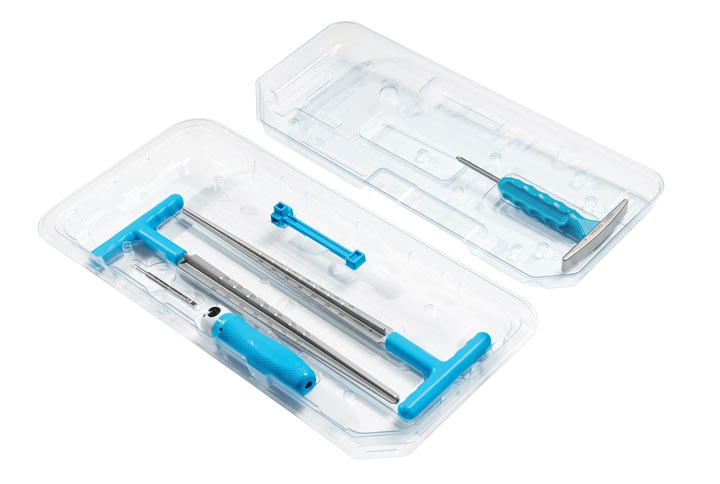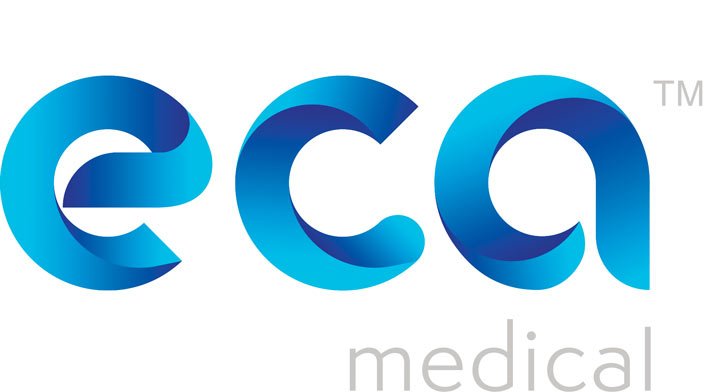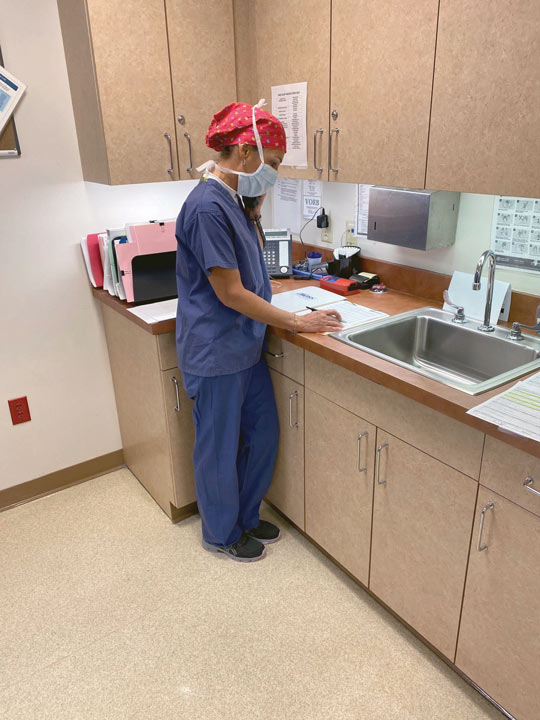- Home
- The Magazine
- Article
Expanding Your Total Joints Program the Right Way
By: Greg DeConciliis, PA-C, CASC
Published: 10/8/2025
Growing your service line can — and should — garner enthusiasm from everyone involved.
As the hospitals in our state started to reopen after being closed due to the COVID-19 pandemic, the demand for same-day total joint replacements began to grow. We at Boston Out-Patient Surgical Suites decided it would be an opportune time to expand our total joints program.
But how could we do it the right way?
We were the first to do total joints — knees, hips, shoulders — in Massachusetts, and there was a nationwide movement of expansions that had been going on after COVID-19. I think people sometimes get caught up in being part of the hot thing of the moment. First it was joints, now it’s spine. But expanding a service line shouldn’t be something facilities just jump into.
To do it right, expanding a total joints program requires a patient-centered approach and balances clinical excellence with financial viability. It’s critical that a successful expansion focuses on patient education, standardization and strategic growth.
If we really wanted to develop a robust program, we couldn’t do it in our existing space, so we added a new facility less than two miles from our first facility. We went from three operating rooms to eight ORs; from 10,000 to 32,000 square feet; and from 3,500 to approximately 7,000 cases a year.
In the past two-and-a-half years, here’s how we expanded our total joints program in what we believe was the most efficient and effective way.
Where to start
Developing a clinical pathway is the key first step. What that takes is bringing every player — representatives from nursing (pre-op, OR and PACU), surgical techs, anesthesia, surgeons, management personnel, physical therapy and vendor reps — to the table during the planning process.
You need to establish a clear agenda. This group is going to be helping to plan everything — pre-op workups, developing admissions policies for patients, how to communicate with patients, what happens once the patient gets to the door, what medications do they need, etc. In addition, the planning will include how the OR is set up, what equipment will be needed, how long the patients will stay in PACU, whether a physical therapist is needed on site to work with patients, emergency planning and creating discharge criteria that includes when to first follow up with patients.
Many vendors can now serve as de facto consultants – they have outpatient total joint playbooks and can educate you about what to do during your expansion. They all want your business, and they have volumes of information they’re willing to share.
Next steps
To expand strategically, I believe an ambulatory surgery center must have an orthopedic base, for several reasons.
One example is recovering the patient. Dealing with orthopedic pain is unique — our nurses in PACU have almost become physical therapists.
Extra space is also needed in almost every department for a total joints program. SPD will be processing more trays; extra beds in PACU are required in case patients need to stay longer; and storage rooms should be larger as well. While it’s optimal that the ORs themselves should be bigger to house extra tables, instruments and robotic consoles, it’s not a deal breaker if they can’t be enlarged.
Get buy-in
When we were making decisions about our new facility, we involved staff members from each discipline. We also got input from surgeons about design, equipment, supplies and functionality.
It’s important for all stakeholders to have a seat at the table, especially if you’re trying something new with a large-scale expansion. You need to have advocates and once they are on board, these staff members become advocates by explaining and rationalizing the changes to their peers.
Where are the landmines?
The first is reimbursement. Implants and supplies are expensive, so you need to determine if your reimbursement is adequate enough to cover the commitment to an expansion.
You need to look at case cost for each procedure in the beginning. What is the cost of the implant plus the supplies plus any additional medications, plus the additional time a patient may spend in the PACU? Are there additional resources you’d need to commit such as staffing and physical therapy postoperatively?
Once you know these costs, come up with a number and determine what you need the margin to be. These are lucrative cases, so hospitals could resist your effort to pull these cases from them. The best way to overcome that challenge is to keep the surgeons happy and make your program extremely efficient so they want to operate in your center rather than at a hospital.
“You have one patient with a bad outcome, and word spreads fast.”
—Greg DeConciliis, PA-C, CASC
You also must determine whether you can expand your program enough to fill your ORs. If volume might be lacking, can you perform other types of cases that will bring in at least the same level of profit margin? Another obstacle is patient selection because patients often must fit a certain criterion. Can they be safely cared for in an ASC so they can go home immediately?
Ask yourself whether you have a large enough patient population and surgeons with high enough volume to justify an expansion. You should also have good plans for complications such as patients with uncontrolled pain and a plan for transferring patients to hospitals if needed.
You have one patient with a bad outcome, and word spreads fast. Along those lines, make sure you have a good plan for optimal satisfaction and post-op communication.

Single Use Procedural Kits Open Path to Case Flow Efficiency, Cost Savings & Safety
More than 1 million total hip and knee replacements are performed annually in the U.S. An aging population, early-onset osteoarthritis, and joint replacement among younger and more active patients will see that number rapidly climb. Demand will grow to more than 2 million per year by 2050, requiring a 10% increase in surgeons every five years.
The global joint replacement market was valued at $23.5 billion in 2025, with projected growth to $37.3 billion by 2035, reflecting widespread procedural expansion and ongoing technological innovation. Ambulatory surgery centers (ASCs) continue to play an increasingly important role in the delivery of total joint arthroplasty care in the U.S. In 2025, about 10% of cases were conducted in the outpatient setting, a 70% increase since 2022, according to an AAOS report. Guidance by industry group AAHKS indicates studies have shown outpatient arthroplasty is safe and effective for properly selected patients when performed by a skilled surgeon with a robust clinical infrastructure and an effective rapid recovery protocol.
THA and TKA surgeries are among the most technically demanding. Surgeons performing these procedures confront some of the highest precision requirements in modern medicine. Every degree of alignment, every millimeter of bone preparation, balance and final implant fixation can have lasting consequences for mobility, comfort and quality of life. Reports indicate the surgical team’s performance and beginning the surgical day on time has the highest impact on Surgical Success Rate (SSR).

ECA Medical’s single-use Surgery-Ready™ large joint kits are designed to help orthopedic surgeons meet these challenges head-on. Working with their implant OEM partner customers, ECA designs, develops and delivers precision-engineered, sterile-packed, procedure-specific instrumentation, producing kits that enable surgical teams to operate with greater confidence, efficiency and consistency.
- Hip replacements require meticulous attention to alignment.
- Knee procedures, whether total or partial, demand equally exact bone cuts and implant placement.
- Shoulder surgeries require careful reconstruction of one of the body’s most complex joint anatomies.
Modern joint replacement techniques, including robotic-assisted and image-guided surgery, have made precision more attainable — and products like ECA’s optimized and tailored kits and specialized instrumentation reduce human error by delivering semi-standardized, sterile, and procedure-specific tools straight to every ASC operating room. Typical single-use large joint kits used for selected portions of the procedure include:
- Cutting blocks and alignment guides
- Torque-limiting instruments (hand or power operated)
- Robotic and imaging probes, stylus, markers, etc.
- General prep and fixation tools
The results are: 1) gains in efficiency (reduced set-up and turnover times), 2) accuracy (instrument guides and torque limiters enable precise alignment, fixation), 3) safety (single-use sterile packaging eliminates dependency on reprocessed instruments and reduces infection risks), and 4) standardization (surgical teams work with consistent, validated kits, regardless of facility location. Predictable instrumentation builds collective experience and confidence throughout the care continuum).
— James Schultz, VP Sales & Marketing, ECA Medical
Follow-up and monitoring

One of our initial goals was to revisit our progress every month. All the players in the room would meet to talk about the unforeseen issues that had cropped up. Additional meetings were needed to resolve those issues.
Also, we made our total joints program its own agenda item at the meetings of our facility’s quality improvement committee.
Expansion excitement
Our expansion was as exciting for us as 2004, when we first brought orthopedics to our facility. The joint surgeons love the efficiencies of the outpatient total joint program. They lead by example, which makes the lives of patients better — and that’s why we all do what we do every day.
More surgeons now want to be a part of it. If your facility can check all the boxes to make a good program happen, an expanded total joints program could help your ASC grow too. OSM
.svg?sfvrsn=be606e78_3)
.svg?sfvrsn=56b2f850_5)